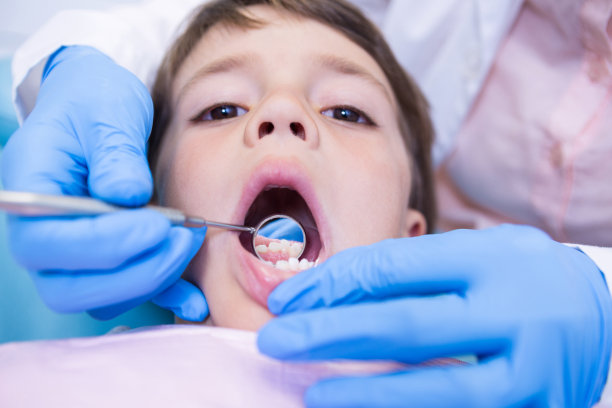Essential Guidelines to Follow After Getting a Dental Filling for Optimal Oral Health and Longevity
Summary: After receiving a dental filling, it is crucial to follow certain guidelines to ensure optimal oral health and the longevity of the filling. This article outlines essential practices, including immediate post-procedure care, dietary considerations, maintaining good oral hygiene, and scheduling regular dental check-ups. Each of these areas plays a vital role in preventing complications and preserving the integrity of the dental work. By adhering to these recommendations, patients can significantly enhance their overall dental outcomes and maintain healthy teeth for years to come.
1. Immediate Care and Comfort Measures

After getting a dental filling, the first few hours are critical for recovery. Its important to avoid chewing on the side of the mouth where the filling was placed. Chewing too soon can dislodge the filling, leading to discomfort and further dental issues. Ideally, patients should wait at least 24 hours before resuming normal chewing activities.
Managing any discomfort or sensitivity after the procedure is also essential. Over-the-counter pain relievers or prescribed medications can help alleviate any pain associated with the filling. If sensitivity persists or worsens, its advisable to consult the dentist for further evaluation and assistance.
Additionally, it’s recommended to avoid extremely hot or cold beverages and foods for the initial days. This precaution helps in preventing undue sensitivity, allowing the dental filling to settle and adjust better without triggering discomfort.
2. Dietary Considerations After Dental Filling
A proper diet plays an essential role in ensuring the longevity of a dental filling. After getting a filling, it is advisable to consume soft foods that require minimal chewing, allowing the mouth to heal and the filling to set adequately. Foods like yogurt, applesauce, and mashed potatoes are ideal during the first few days post-procedure.
Avoiding certain foods is equally important. Hard and sticky foods, such as nuts, caramel, or gummy candies, can stress the filling and may cause it to break or dislodge. It is crucial to be mindful about food texture and composition to protect the dental work effectively.
Staying hydrated is also a critical part of a post-filling diet. Sipping water and non-irritating beverages can help maintain a healthy oral environment, promoting healing and minimizing chances of infection.
3. Maintaining Good Oral Hygiene Practices
Optimum oral hygiene is integral to maintaining one’s dental fillings. It’s imperative to continue brushing teeth at least twice a day and floss regularly but with caution around the filling. Gentle brushing around the filled area can help remove plaque without damaging the filling.
Using a soft-bristle toothbrush and non-abrasive toothpaste is advisable to avoid any unintentional wear on the filling. Patients should also consider using an antibacterial mouthwash to further prevent plaque buildup and promote oral health.
Moreover, if there are any signs of decay or discomfort around the filled tooth, its crucial to seek dental advice promptly. Early intervention can significantly increase the chances of preserving the filling and avoiding further complications.
4. Importance of Regular Dental Check-Ups
Regular dental check-ups are vital for monitoring the condition of dental fillings and overall oral health. Dentists can assess the health of not just the filled tooth but surrounding gums and teeth, ensuring that any potential issues are identified early. Scheduling these visits every six months is a recommended practice for maintaining optimal dental health.
During dental visits, professional cleanings can help remove tartar and plaque buildup that regular brushing and flossing might miss. Cleanings also provide an opportunity for the dentist to check for signs of wear on fillings that may necessitate further treatment.
Additionally, patients should not hesitate to communicate any concerns about their fillings or experience. Open dialogue with the dental professional is necessary to address any issues that may occur and to stay informed about best practices for oral care.
Summary:
In summary, adhering to essential guidelines after receiving a dental filling is critical for optimal oral health and the longevity of the filling. Immediate care, dietary considerations, diligent oral hygiene practices, and regular dental check-ups are the four key areas patients should focus on post-procedure. By following these recommendations, individuals can ensure that their dental work remains intact and their oral health continues thriving.
This article is compiled by Vickong Dental and the content is for reference only.


